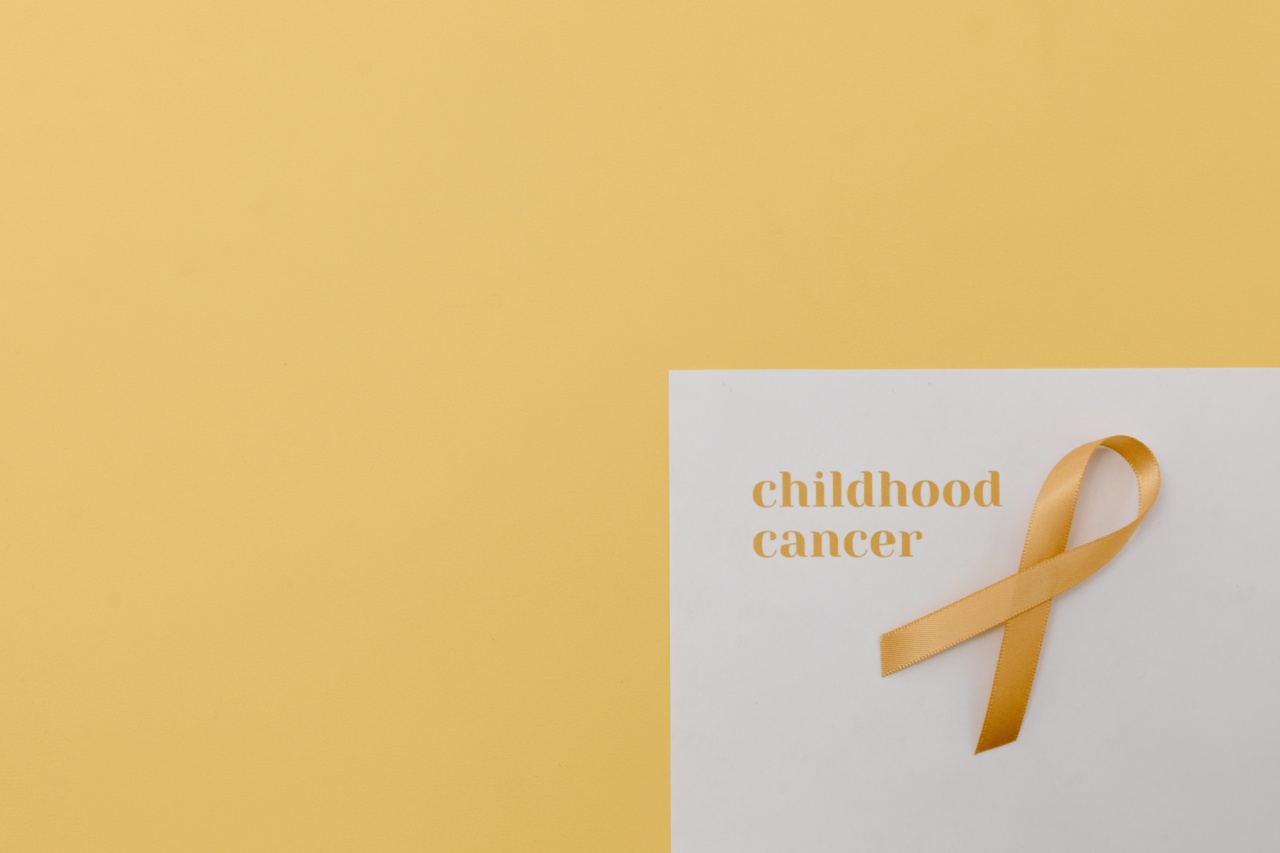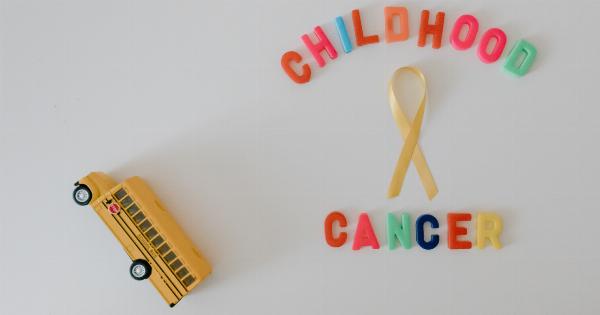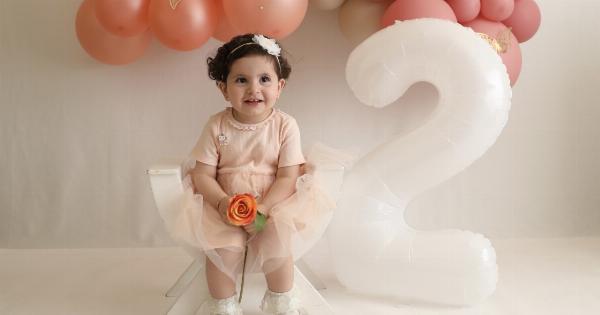Childhood cancer is one of the most brutal and unforgiving forms of the disease. It affects children who should be running around playing, learning, and growing, instead of fighting just to survive.
However, the good news is that there have been incredible strides in treatment and research over the past few decades. Today, more and more children are able to defeat cancer and live long, healthy lives.
This is the miracle of life, and it’s something we should all celebrate.
What is Childhood Cancer?
Childhood cancer is defined as cancer that occurs in children under the age of 18. It is estimated that approximately 300,000 children are diagnosed with cancer every year around the world.
The most common types of childhood cancer are leukemia, brain and spinal cord tumors, neuroblastoma, and lymphoma.
Unfortunately, childhood cancer can be particularly aggressive and difficult to treat. This is because children’s bodies are still growing and developing, and cancer treatments can have significant side effects on their growth and wellbeing.
Cause of Childhood Cancer
The causes of childhood cancer are not well understood. In some cases, it may be due to genetic factors or exposure to toxins or radiation. However, in many cases, there is no clear cause of the disease.
What we do know is that early detection and treatment are key to improving prognosis and outcomes for children with cancer.
Regular checkups with a pediatrician can help identify any potential symptoms or concerns early on, and prompt action can be taken if needed.
Treatment for Childhood Cancer
The treatment for childhood cancer may vary depending on the type and stage of the disease. Some of the most common treatments include surgery, chemotherapy, radiation therapy, and bone marrow transplantation.
While these treatments can be taxing on a child’s body, many children are able to recover fully and live normal lives after treatment. In fact, the survival rate for childhood cancer has increased dramatically over the past few decades.
The Importance of Medical Research
The continued improvement in childhood cancer survival rates is largely due to medical research. Thanks to researchers and medical professionals around the world, we are learning more and more about the disease and the best ways to treat it.
There are also a number of organizations that are dedicated to funding childhood cancer research and providing support to families affected by the disease. Organizations like St.
Jude Children’s Research Hospital and the American Childhood Cancer Organization are making a huge difference in the fight against childhood cancer.
The Role of Advocacy
In addition to medical research, advocacy is also an important part of the fight against childhood cancer. Advocacy efforts help to raise awareness about the disease and the unique challenges that children with cancer face.
They also help to secure funding for research, improve access to quality care and treatments, and support families who are affected by childhood cancer.
For example, the National Pediatric Cancer Foundation is a non-profit organization that is dedicated to funding pediatric cancer research and raising awareness about the disease.
Survivorship and Support
Survivorship and support are also critical components of the fight against childhood cancer. Children who survive cancer may experience ongoing health issues or emotional challenges as a result of their treatment.
It’s important that they have access to resources and supportive care that can help them cope with these challenges.
There are a number of organizations that provide support and resources to childhood cancer survivors and their families. These organizations may provide counseling services, financial assistance, educational resources, and more.
Some examples of these organizations include the Children’s Oncology Group and The Leukemia & Lymphoma Society.
Conclusion
Childhood cancer is a devastating disease that affects far too many families around the world. But with continued medical research, advocacy, and support, we can make a difference in the fight against this disease.
We can help to improve survival rates and provide children who survive cancer with the care and resources they need to thrive.
The miracle of life is the resiliency and determination of children facing cancer, overcoming the obstacles and not allowing the disease to rule their lives and future.




























